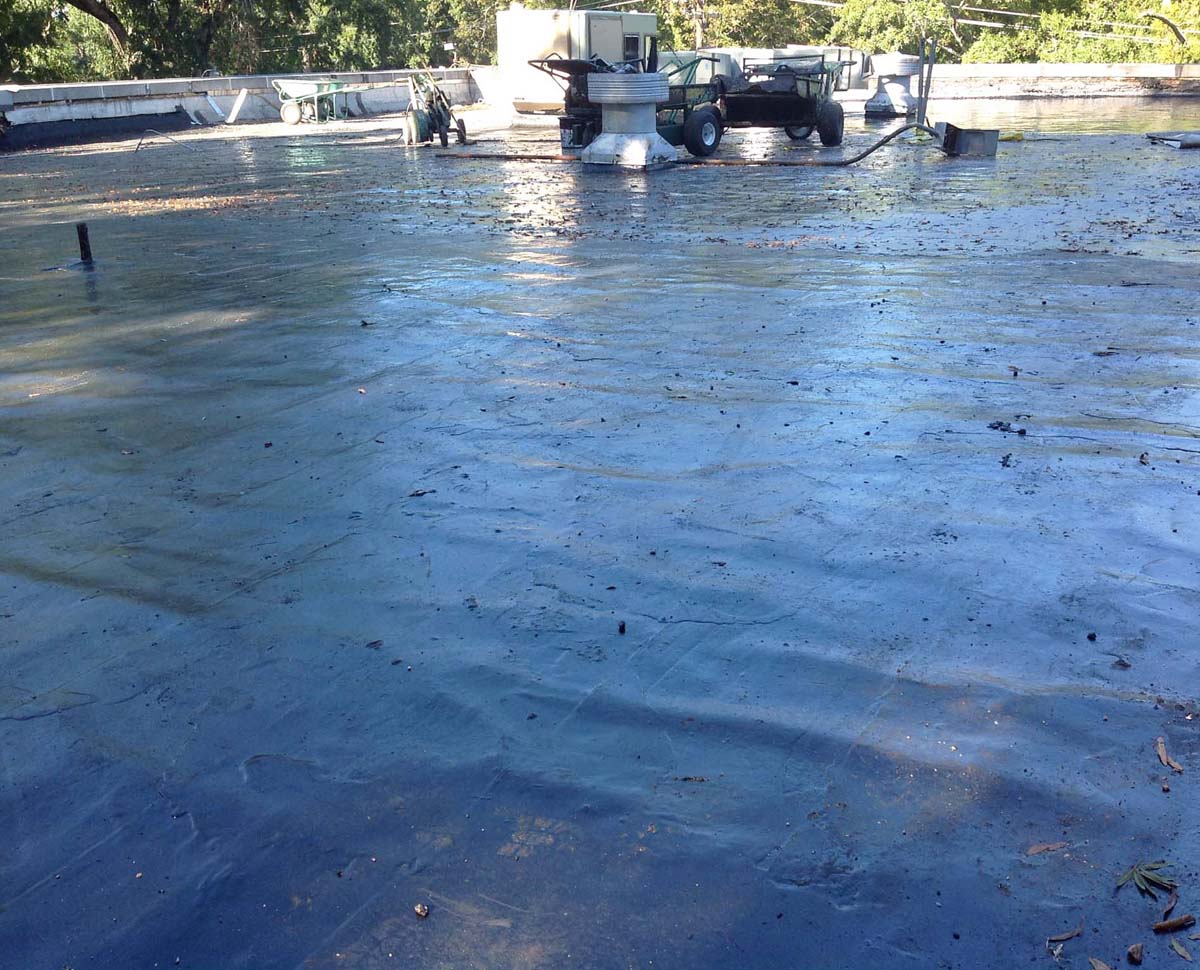Can 'Old School' Be 'Cool'? - Page 2
 |
|
|
 |
|
|
 |
|
|
The engineer refers homeowners to two sections of California's Title 24 to help sort out what kind of requirements are required of 'alterations,' which includes reroofing. Section 110.8 covers acceptable materials, and Section 150.2 establishes energy efficiency standards for homes. He also recommended information he wrote for www.energycodeace.com.
"One of the reasons for Cool Roofs [is]…a lot of people, they have those steep-sloped roofs," he says, adding that the open-space attics under pitched roofs trap heat and increase the need for air conditioning. The Energy Commission demands more efficiency for these roofs in six of its 16 climate zones, but the only zone with Eichlers in it is the Sacramento Valley.
Roofs attempting to comply with the Cool Roof program are rated by two metrics: thermal emittance, which is the ratio of heat emitted to heat absorbed; and solar reflectance, the ratio of solar energy reflected away to heat absorbed.
Regarding tar-and-gravel on flat or low-sloped roofs, Bozorgchami says, "Yes, you can do it, as long as you have insulation."
"You don't have any ducts in the attic," he says of Eichlers as opposed to many other types of homes. "I'm not going to make you put a Cool Roof down."
"The more insulation you put up, the better the house is going to perform," says the engineer, specifying that R-24 insulation is needed for Eichlers, though houses in more restricted climate zones require R-38.
Of course, beyond the energy efficiency, there is also life span performance and curb appeal of the various roofing systems to consider. While spray-foam and single-ply systems far outlive tar-and-gravel these days, their usually bright white tones, while a big plus for heat reflection, have been known to disrupt streetscape aesthetics.
"Some MCM houses can be seen from above, and a stark white roof can be blinding and disruptive for neighbors and people driving down a hilly street," points out John Klopf.
"You don't want to be shiny," agrees Lombardelli. "You don't want to be shiny for all to see."
"Gray would pretty closely match the gravel color," adds Klopf. "So in cases where people want to see something more like the original [tar-and-gravel], a gray [-tinted] membrane roof or spray-applied elastomeric coating can work nicely."
All three of our experts agreed on the latter solution, especially because foam can even be covered with gravel, if desired, and provides insulation as well as covering, which Bozorgchami says "works tremendously well." Single-ply and modified bitumen systems over rigid insulation provide a similar effect, and are also high-performing options when energy efficiency, lifespan, and durability are the foremost considerations.
However, as one homeowner, while embracing old-school technology and a concern for aesthetic considerations, posted on the Eichler Network's Chatterbox Lounge online forum a few years ago: "We had three inches of [rigid] foam insulation added [under a tar-and-gravel roof], and a lighter color gravel (not white) was used on top, resulting in a much cooler home in the summer by about 15 degrees. I was really surprised at what a difference the insulation and lighter rock made to the comfort of our home."
Such roofing experiments continue. But even as curb appeal lingers as a compelling homeowner concern, the handwriting remains on the wall: old-school tar-and-gravel is fading away, and Cool Roof technology is here to stay.
Story originally published in 2016




